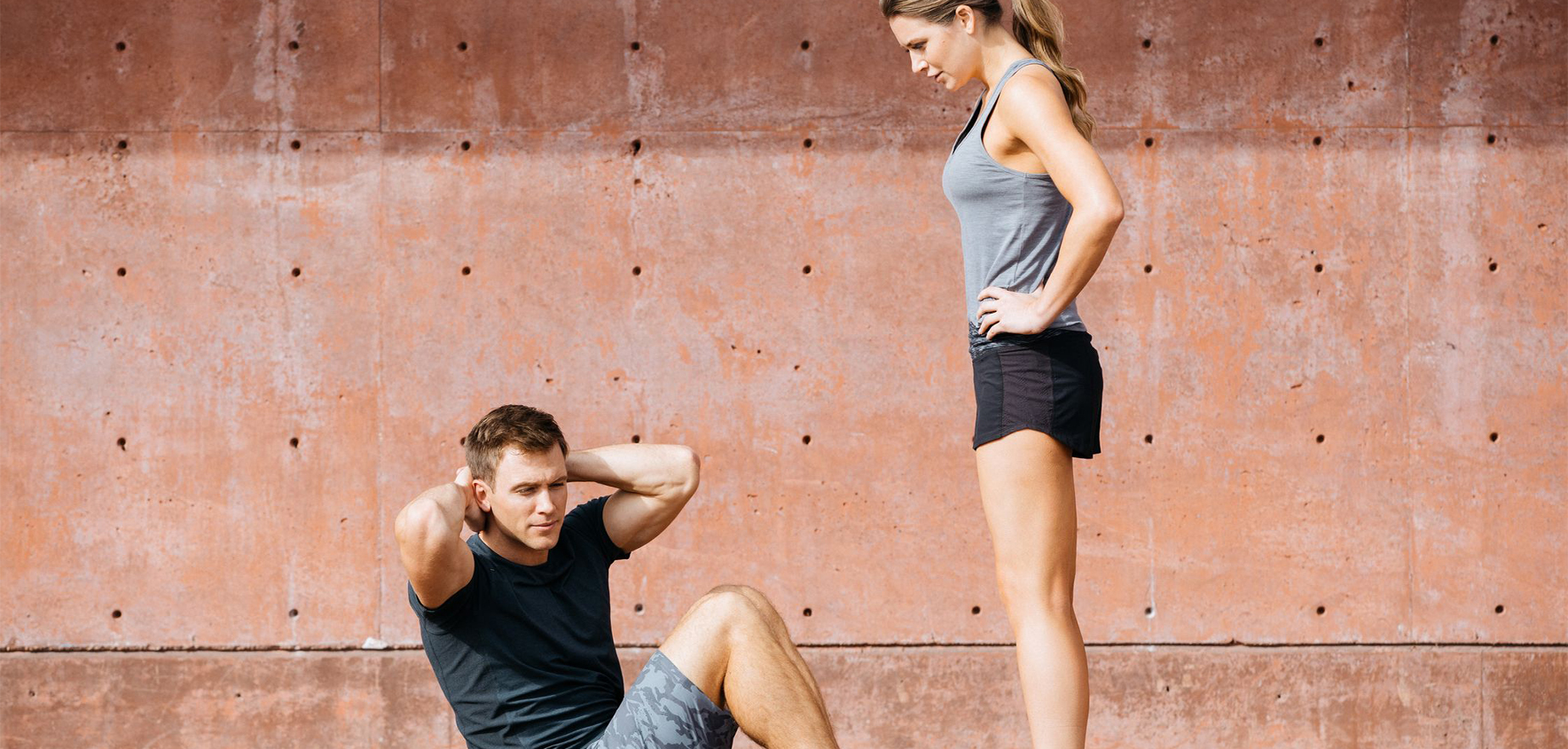What is Activewear? Everything You Should Know
Unless you’re reading this from the comfort of your office desk chair (and perhaps even if you are), chances are good that there is someone within your field of vision that is wearing some type of activewear apparel. These days, the debate over whether or not yoga pants are real pants has long since been settled (of course they are), trendy sneakers are on everyone’s must-buy list, and cleverly designed sports bras with intricate straps and patterns are the new normal. Activewear might be this century’s hottest fashion trend so far, and it’s definitely here to stay, but what exactly is activewear?
What Is Activewear?
The Oxford dictionary defines activewear as “clothing designed to be worn for sports, exercise, and outdoor activities,” but if that definition feels a bit too narrow to you, you’re not the only one. After all, how many times have we seen a sports bra that’s really cute but also entirely unsupportive, or marveled at a pair of sneakers that markets themselves as athletic apparel but is covered in glitter or some other decidedly non-sporty material? While we’re not responsible for creating new definitions, if we were, we’d be more likely to define activewear as “clothing that is intentionally stylish and may be focused on function, fashion, or both and is designed to be worn for sports, exercise, and outdoor activities but often worn in casual settings.” That doesn’t roll off the tongue quite as quickly as Oxford’s definition, but you get the point - the days of people wearing activewear solely for the purpose of playing sports or exercising are long gone. Today, many people wear activewear as a fashion statement in casual settings because it is comfortable, stylish, and versatile.
What Pieces of Clothing Are Made as Activewear?
Although activewear was originally designed with the sport and exercise in mind, today, you can find nearly any type of clothing as activewear in one form or another. For example, while you’re not likely to find a ball gown made of moisture-wicking materials or breathable fabrics, you’ll definitely be able to find dresses that can be worn on a hike, to the tennis court, or to brunch. By the same token, activewear shoes can range from the functional, such as running shoes and hiking boots, to the fashionable, with fashion sneakers that look more like a platform sandal than a running shoe. Virtually any piece of clothing can have an activewear version, but pieces most commonly associated with women's activewear include:
- Short sleeve and long sleeve shirts
- Graphic tees
- Tank tops
- Crop tops
- Running shorts
- Pants
- High-rise, capri leggings and crop leggings
- Strappy racerback sports bras
- Hoodies
- Sweatshirts
- Pullovers
- Rompers
- Skirts and skorts
- Jogger pants
- Dresses
- Bike shorts
- Underwear and lingerie
- Jumpsuits
- Swimwear and swimsuits
- Socks
- Hats and other accessories
However, activewear can also include sportswear jackets that are specifically designed to sweat in, drawstring sweatpants with side pockets that you’re more likely to wear while laying around the house, and crew neck sweaters for chilly days on your walk to the yoga studio. Ultimately, there’s no right or wrong piece for activewear; it often has much more to do with the material being used than the actual article of clothing itself.
What Fabrics Are Used in Activewear?
Because activewear was originally intended to be worn while playing sports, exercising, or spending time outdoors, the fabrics that are used to make it must be comfortable, flexible enough to allow for a wide range of motion, and durable. Materials used in activewear should meet at least these three criteria at a minimum, but many fabrics go above and beyond. For example, workout clothes that are made to sweat in are often made from fabrics that are naturally moisture-wicking, meaning they pull sweat and moisture away from the body to help keep you cool. Other best seller fabrics feature anti-odor properties that prevent the smell of sweat from lingering in your clothes long after you’ve washed them. Activewear fabrics are ideally highly breathable, since the point is that you’ll be sweating in them and want to stay comfortable, and they’re lightweight. Although most activewear clothing has historically been made from synthetic fabrics like polyester blends, a new wave of natural fabrics has taken the industry by storm. Activewear and loungewear clothing made from bamboo is not only comfortable, flexible, and highly durable, it is also naturally moisture-wicking, breathable, has anti-odor properties to keep smells at bay, offers UPF 50+ sun protection, and it’s lightweight. The best part is that unlike synthetic fabrics that need to be treated with chemical finishes in order to obtain all of these qualities, bamboo fabrics possess them naturally. If you’re an active guy or girl with sensitive skin, you’re likely to find that activewear made from bamboo is less likely to irritate your skin due to the lack of dyes and chemical finishes that are found in so many other brands.

